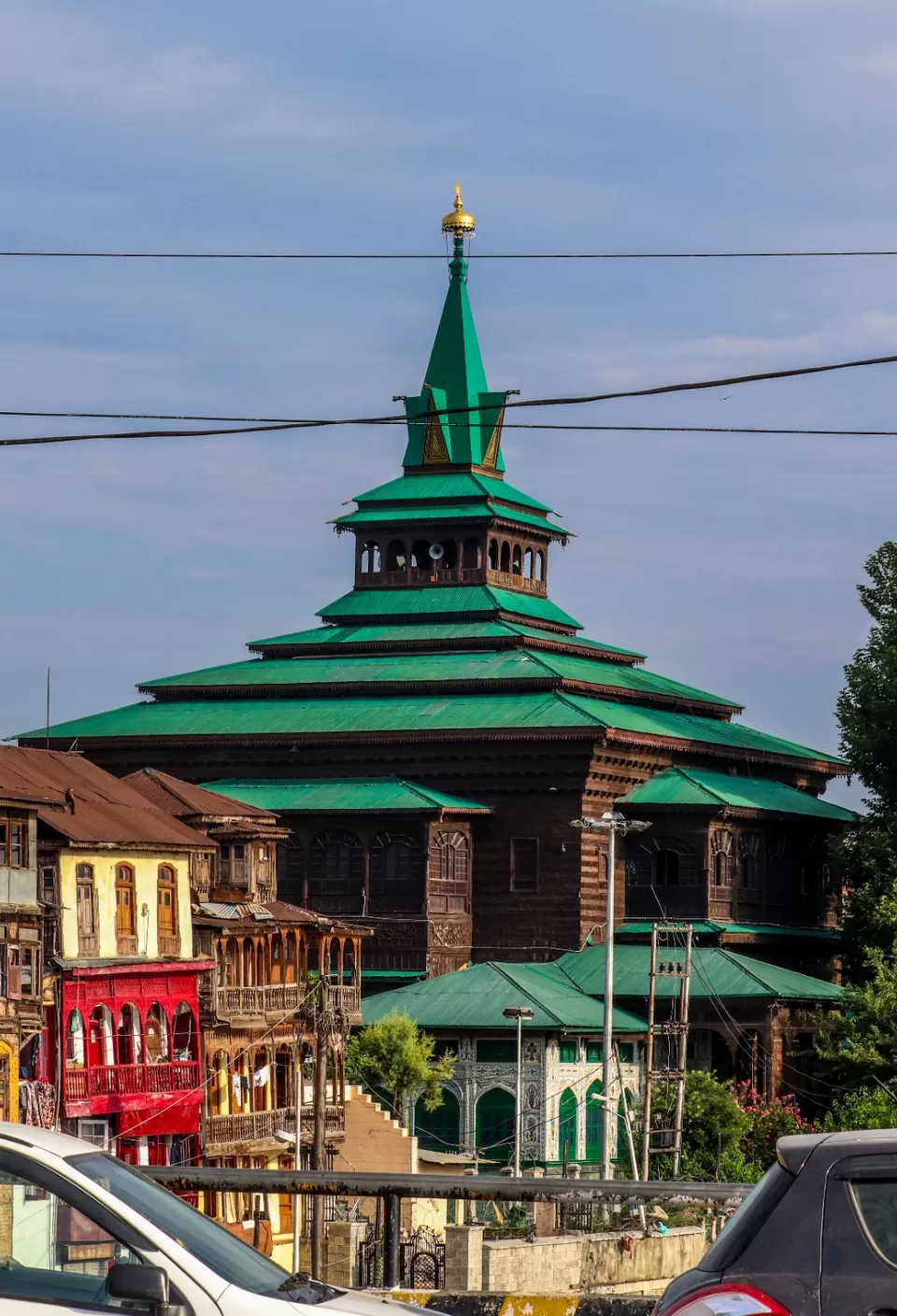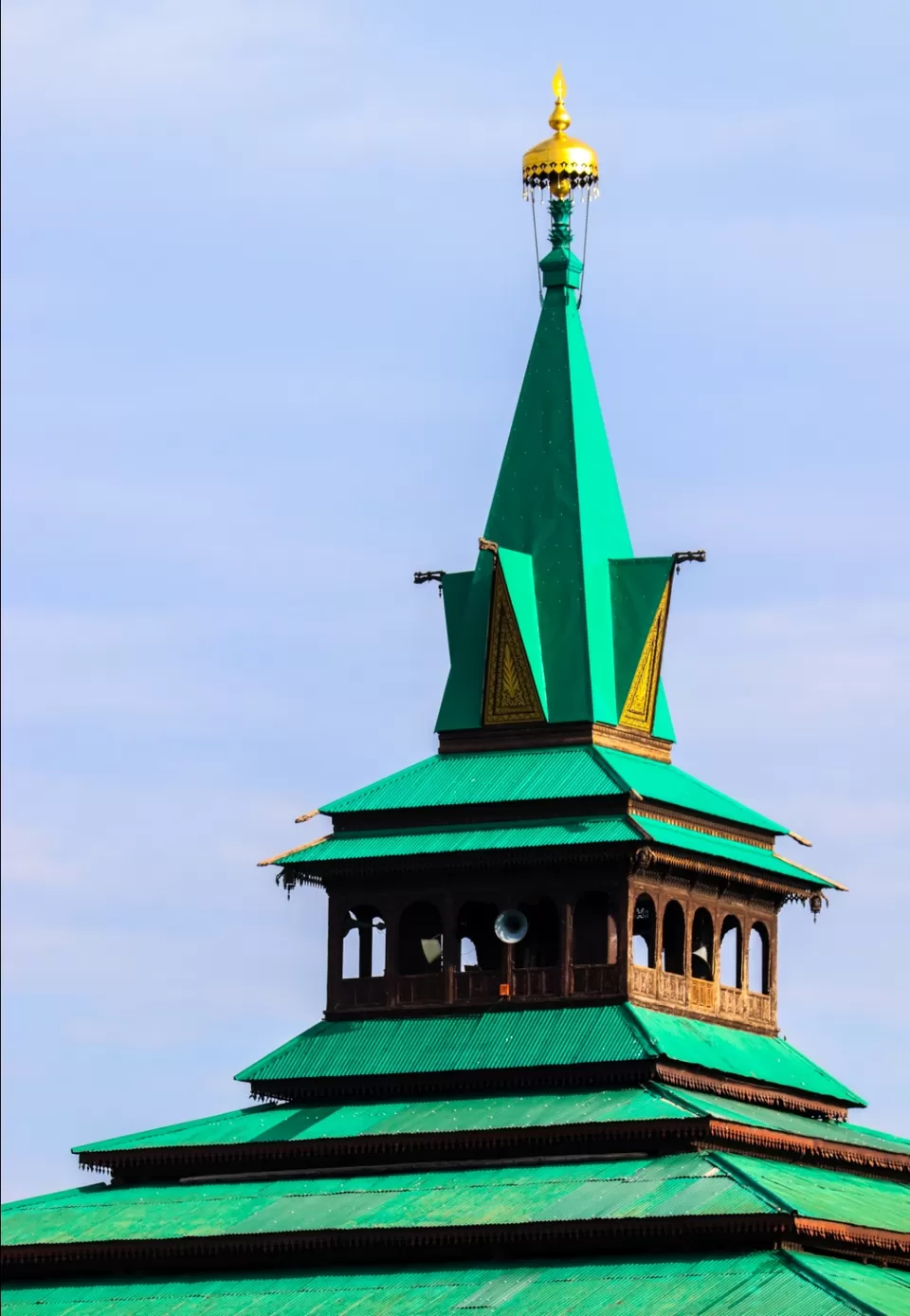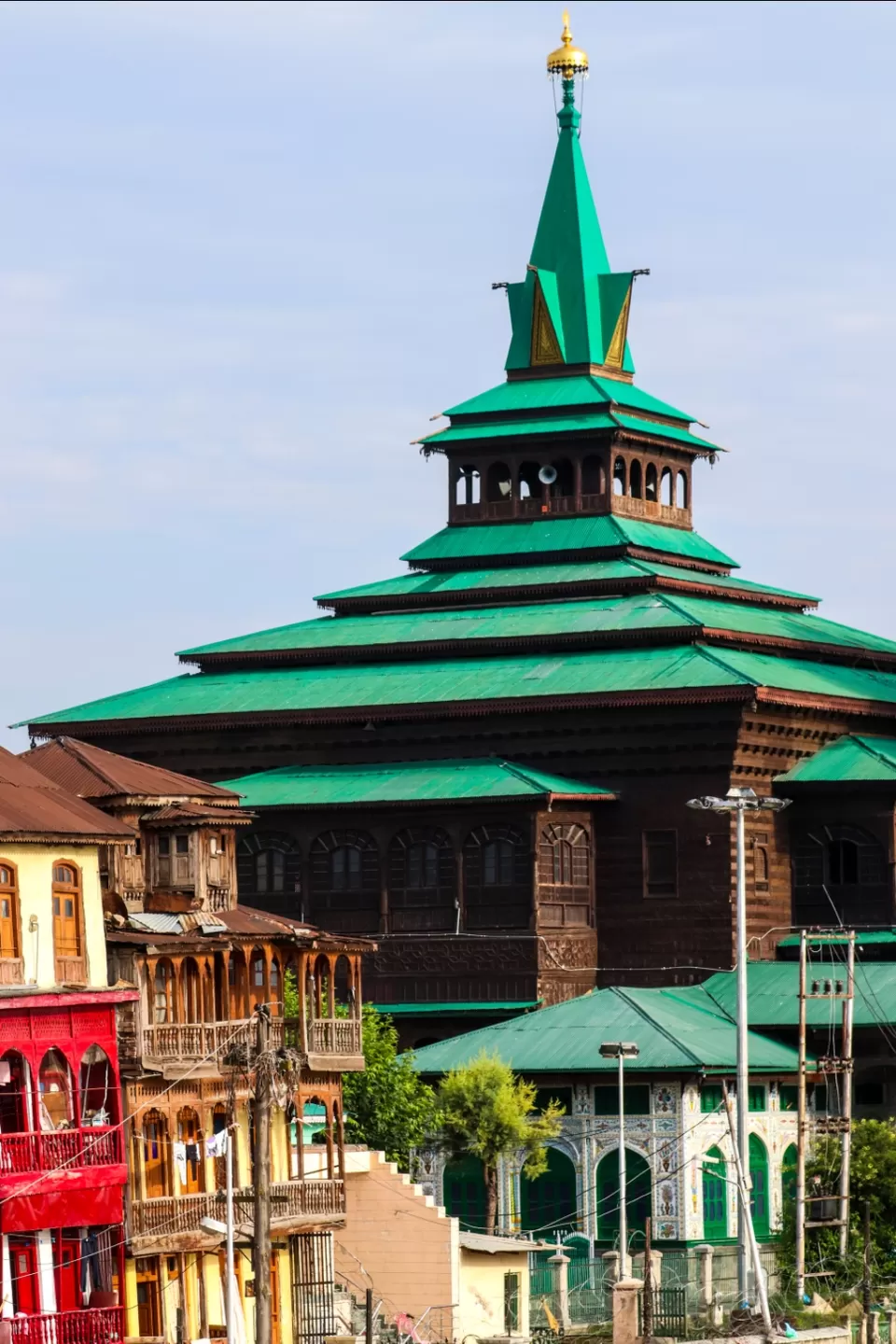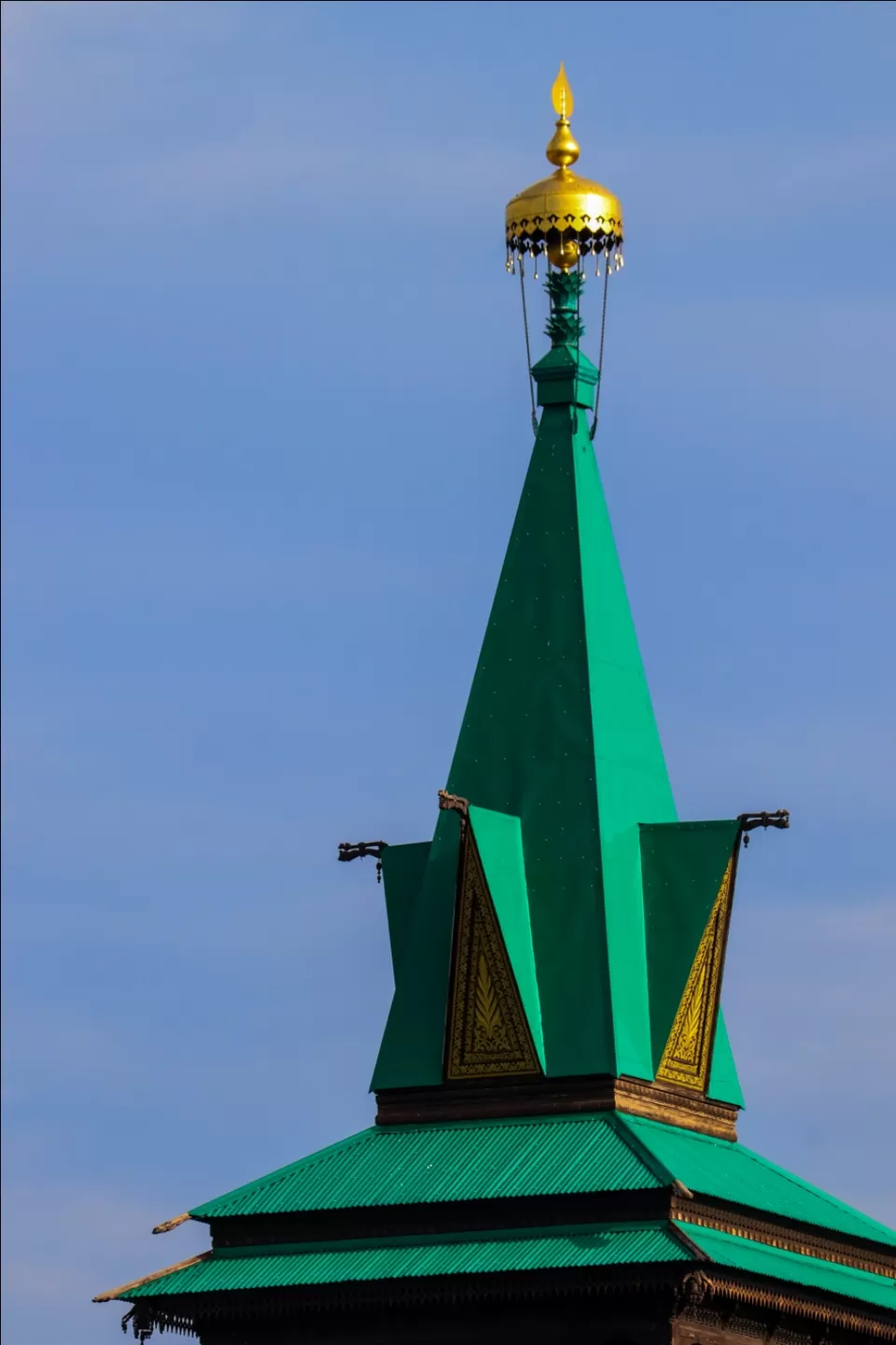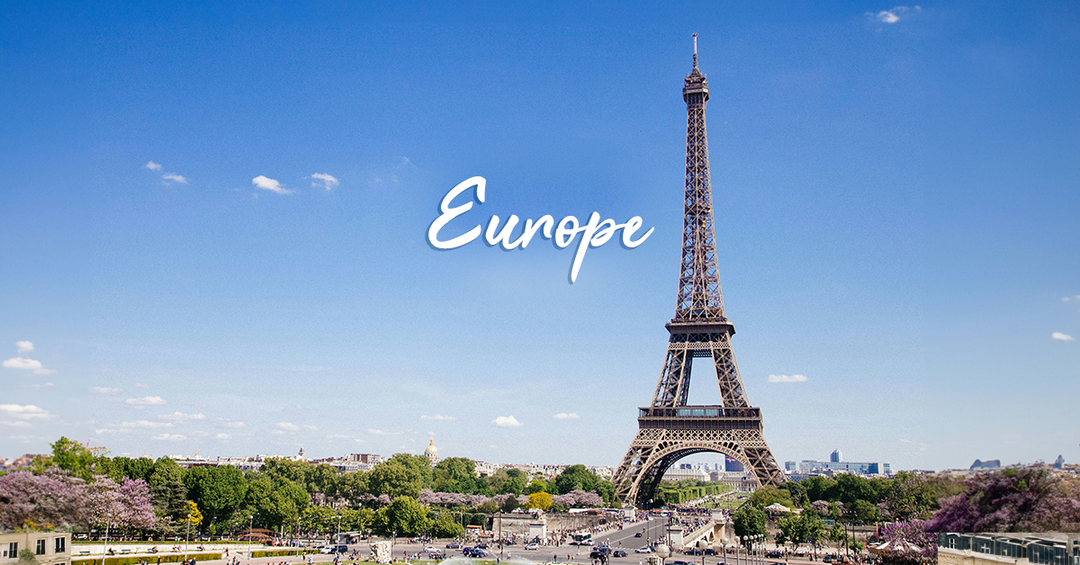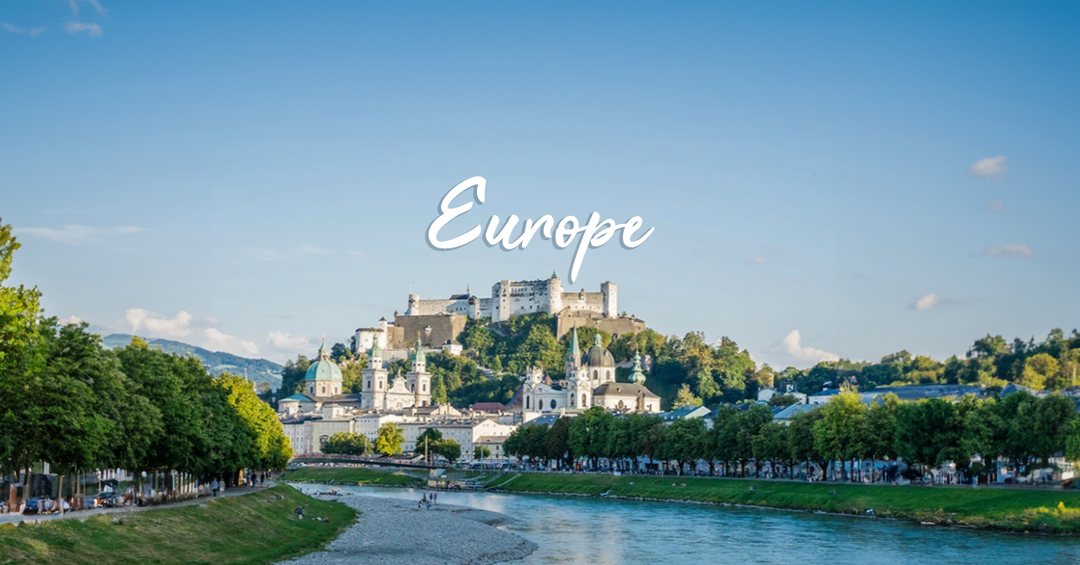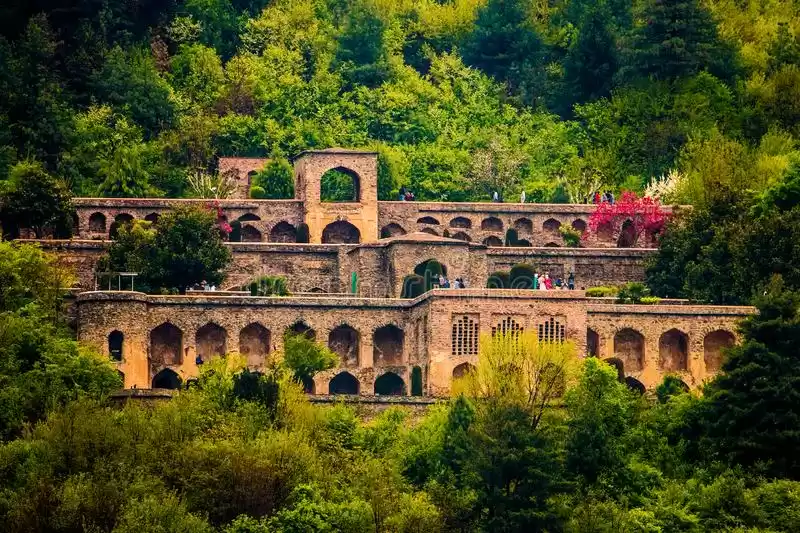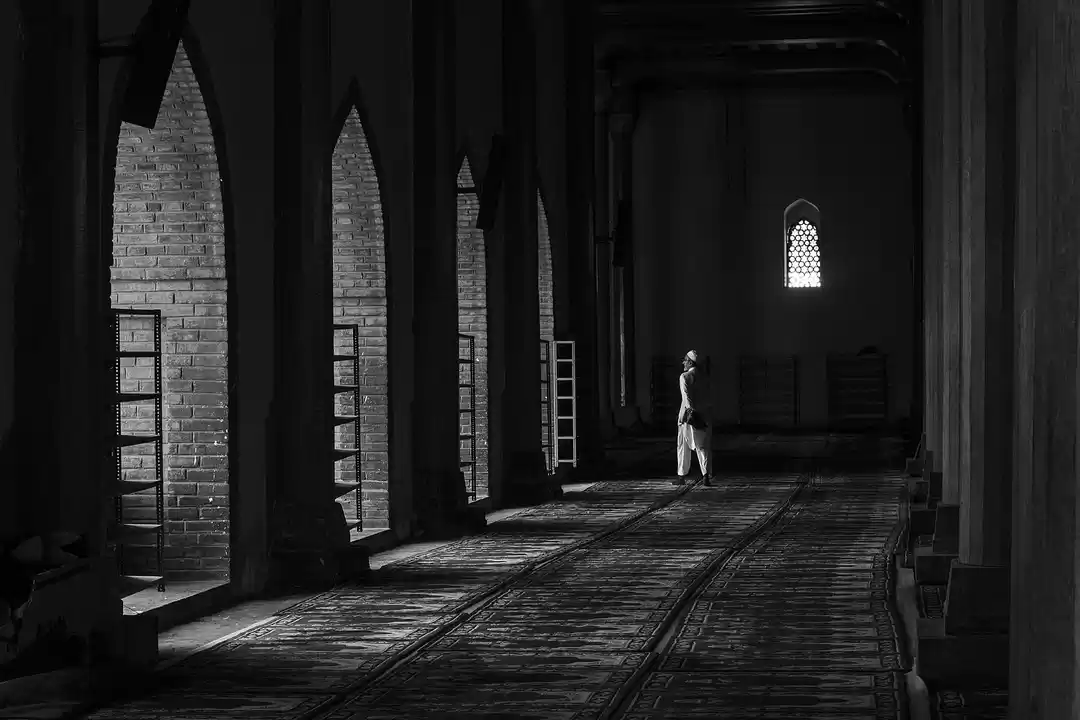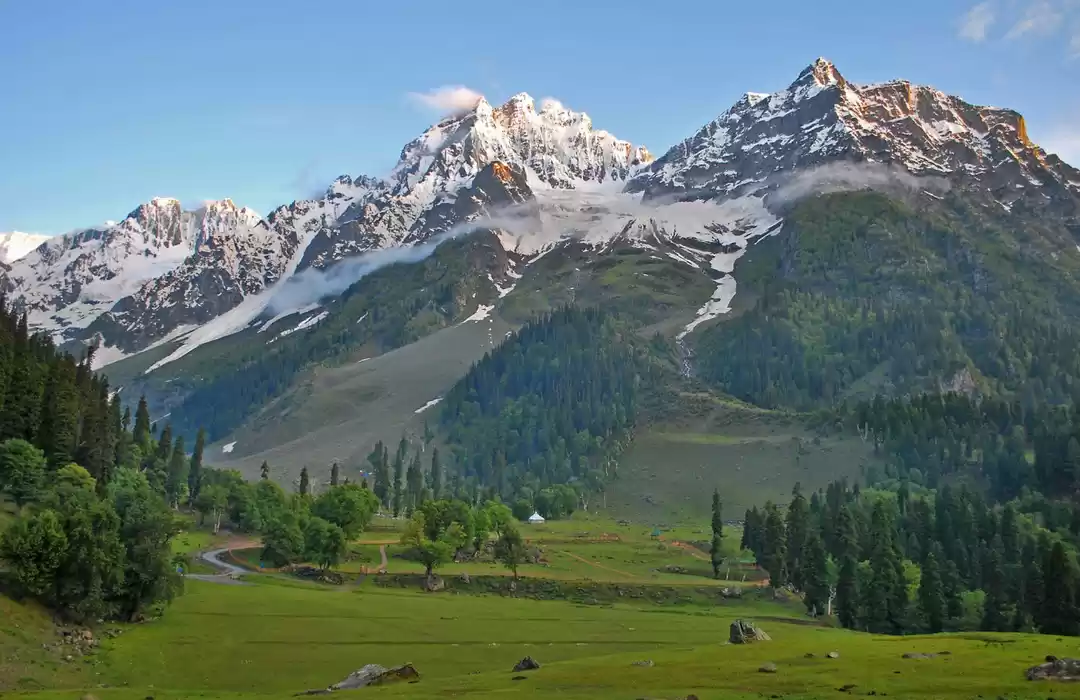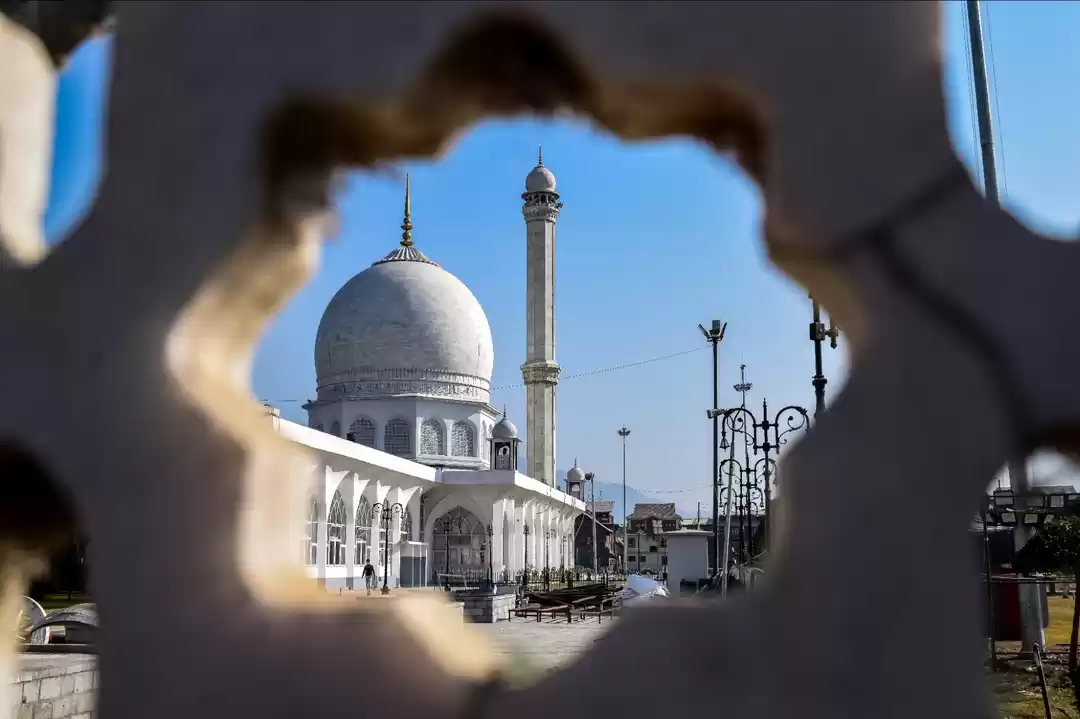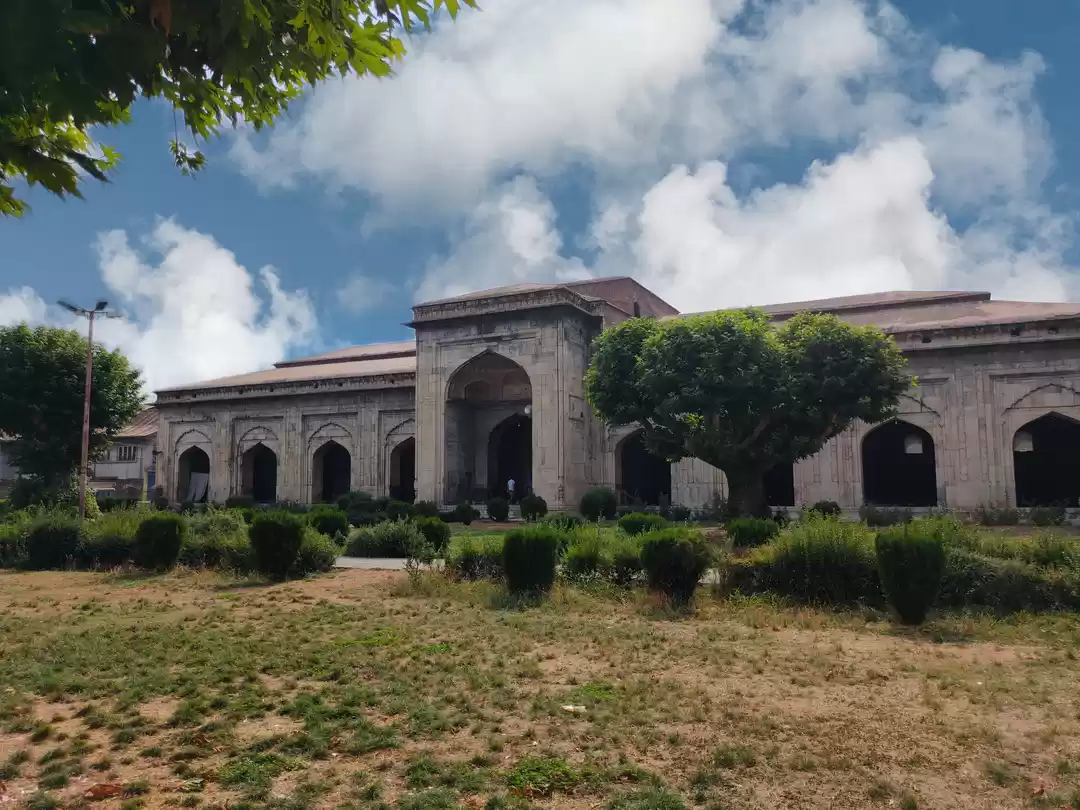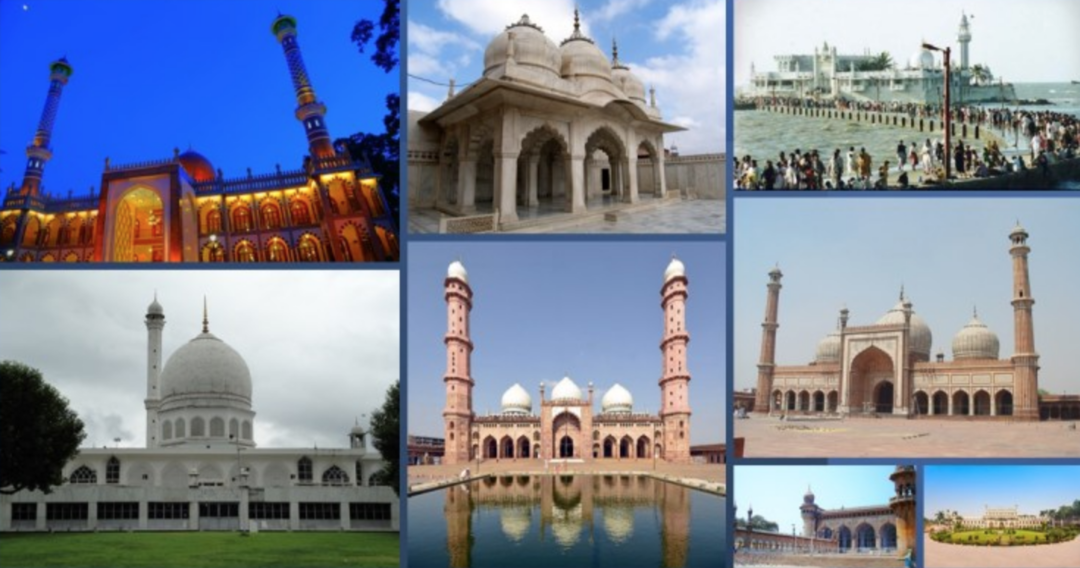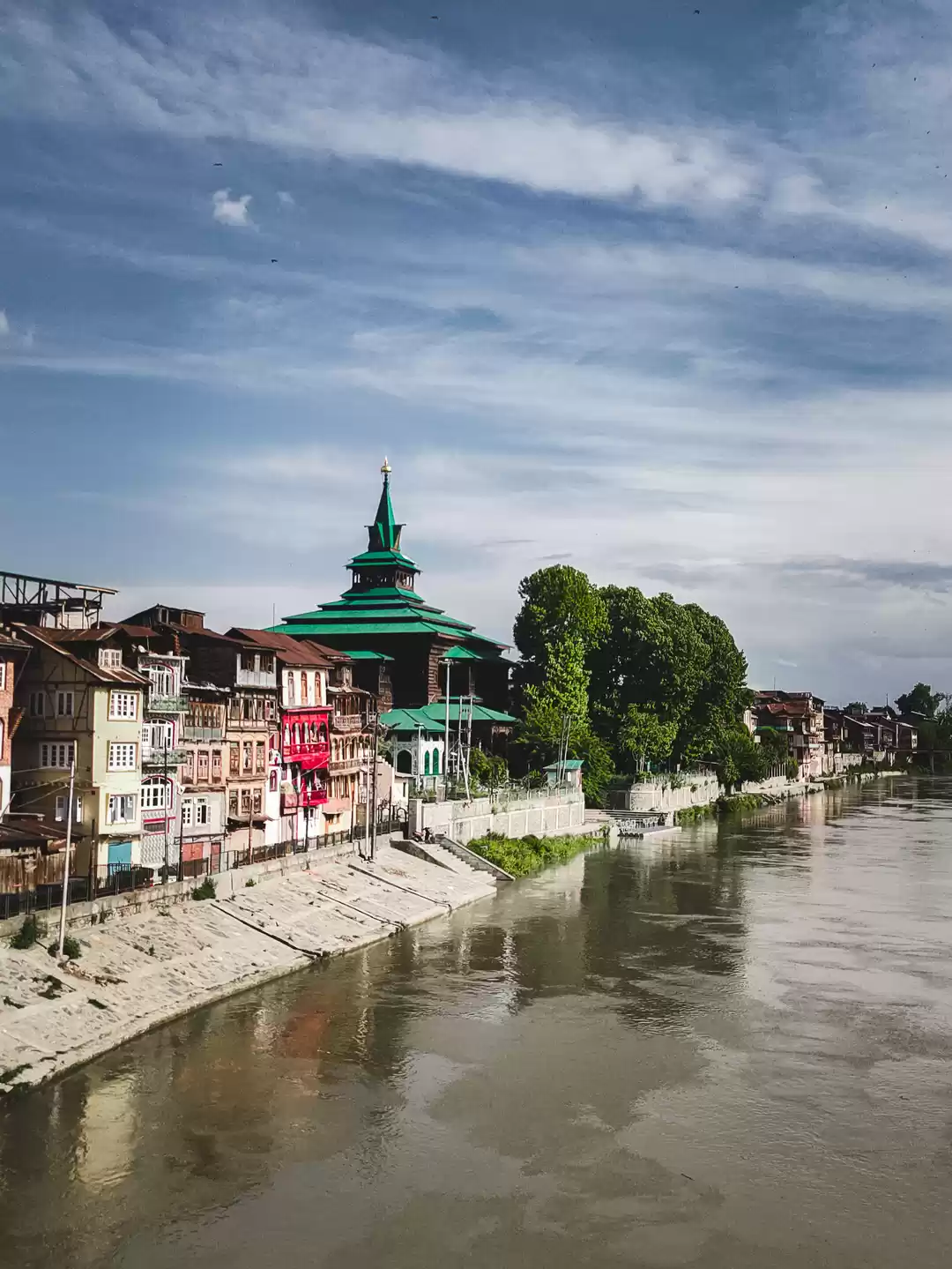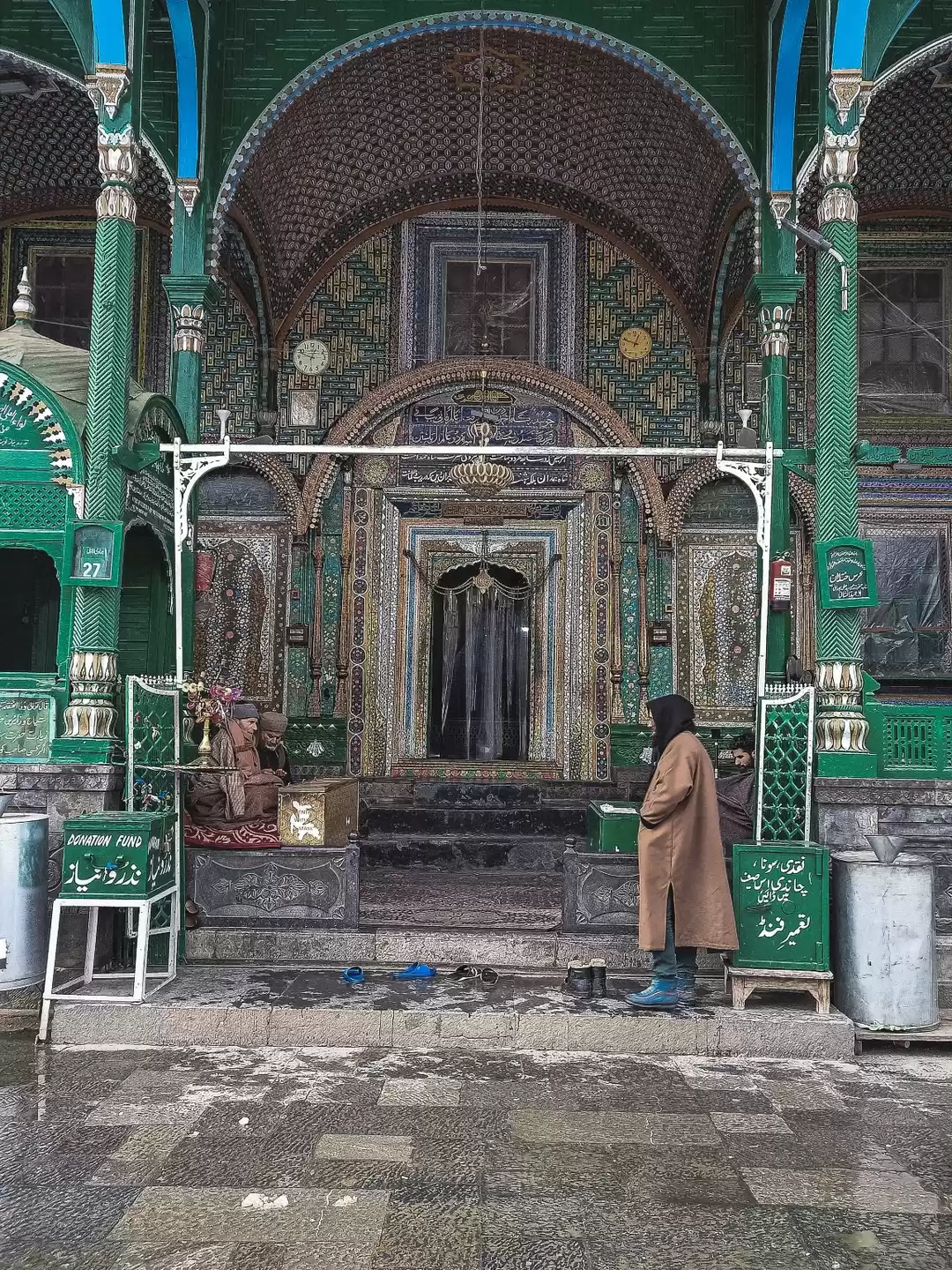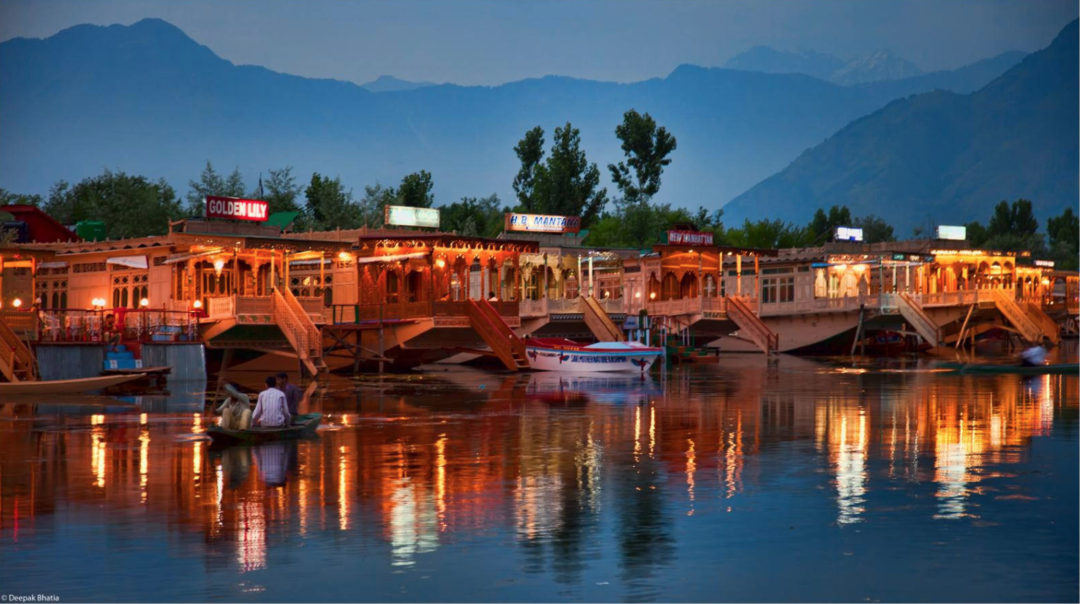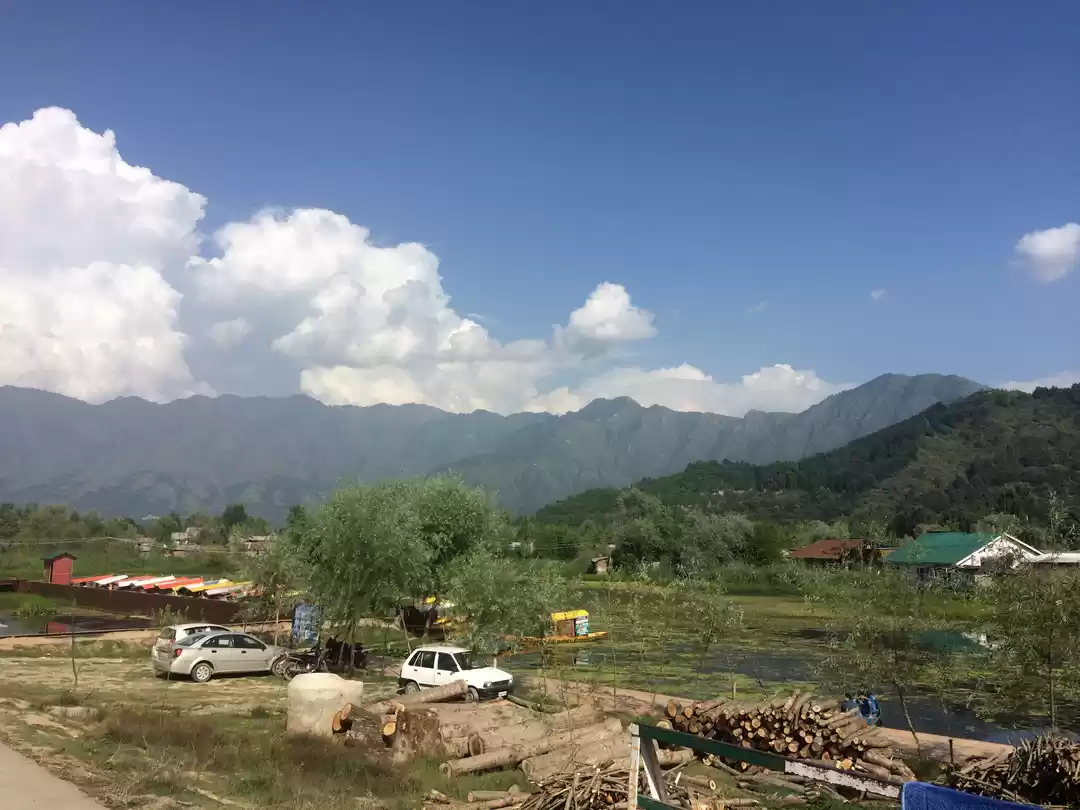The Khanqah-e-Molla or Shah-e-Hamdan is one of the oldest Muslim shrines located on the banks of the river Jhelum in Srinagar city. An important religious destination in Srinagar, this shrine was originally built in 1395 and later reconstructed in 1732. Believed to contain "the secret of Allah" - the Khanqah-e-Molla is an excellent example of wood architecture that draws inspiration from Buddhist, Hindu and Islamic styles. Khanqah-e-Molla was originally constructed by Sultan Sikander (1389-1413 AD) in memory of Sufi saint Mir Syed Ali Hamdan, who stayed in Kashmir and was instrumental in the spread of Islam in Kashmir.
Khanqah-e-Molla was ravaged by fire in 1480, and reconstructed by Sultan Hassan Shah in 1493. Again in 1731, the shrine got damaged, with Abul Barkat Khan reconstructing it in 1731.Khanqah-e-Molla, as it stands today, has a square plan, erected on irregular walled base made of materials from ancient temples. The two-storied, two-tiered structure of the shrine has gently sloping pyramidal roofs demarcating each tier. The roofs are further accentuated by heavy woodwork adorning the cornices under the eaves.
The first tier features double-arcaded verandahs that run continuously around the building, and the second tier is in the form of an arcaded balcony protruding on all four sides of the main building. The pyramidal roof of the second tier is topped by an open pavilion for the muezzin, which is further crowned by a pyramidal spire. Parts of the roof have got covered with seasonal vegetation, creating a unique sight of intricate woodwork and terraced flowerbeds.
The shrine of the saint at Khanqah-e-Molla lies in a cloister at the northwest corner of the structure. A date -1384 AD, marking the saint's death, is carved above the doorway.
